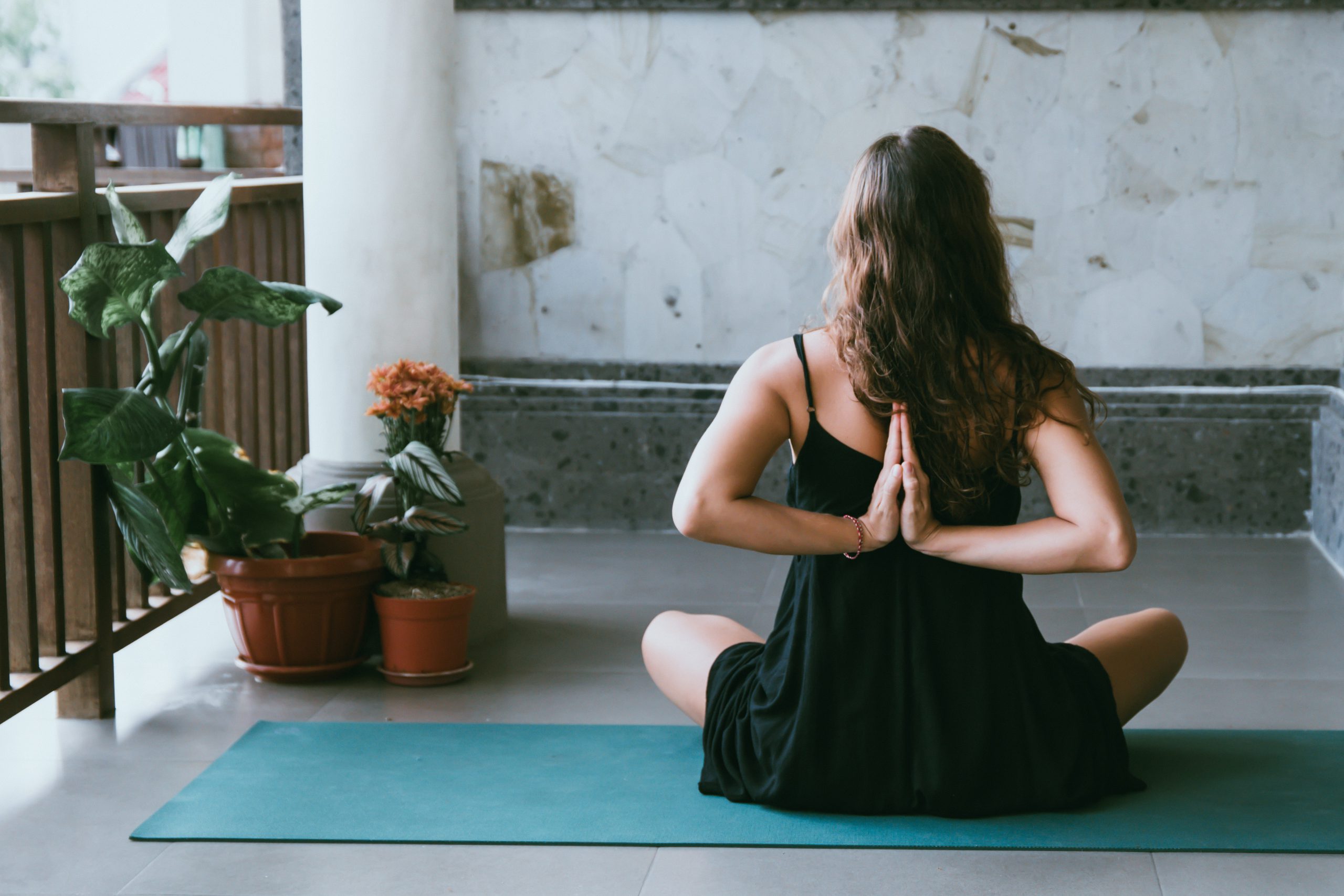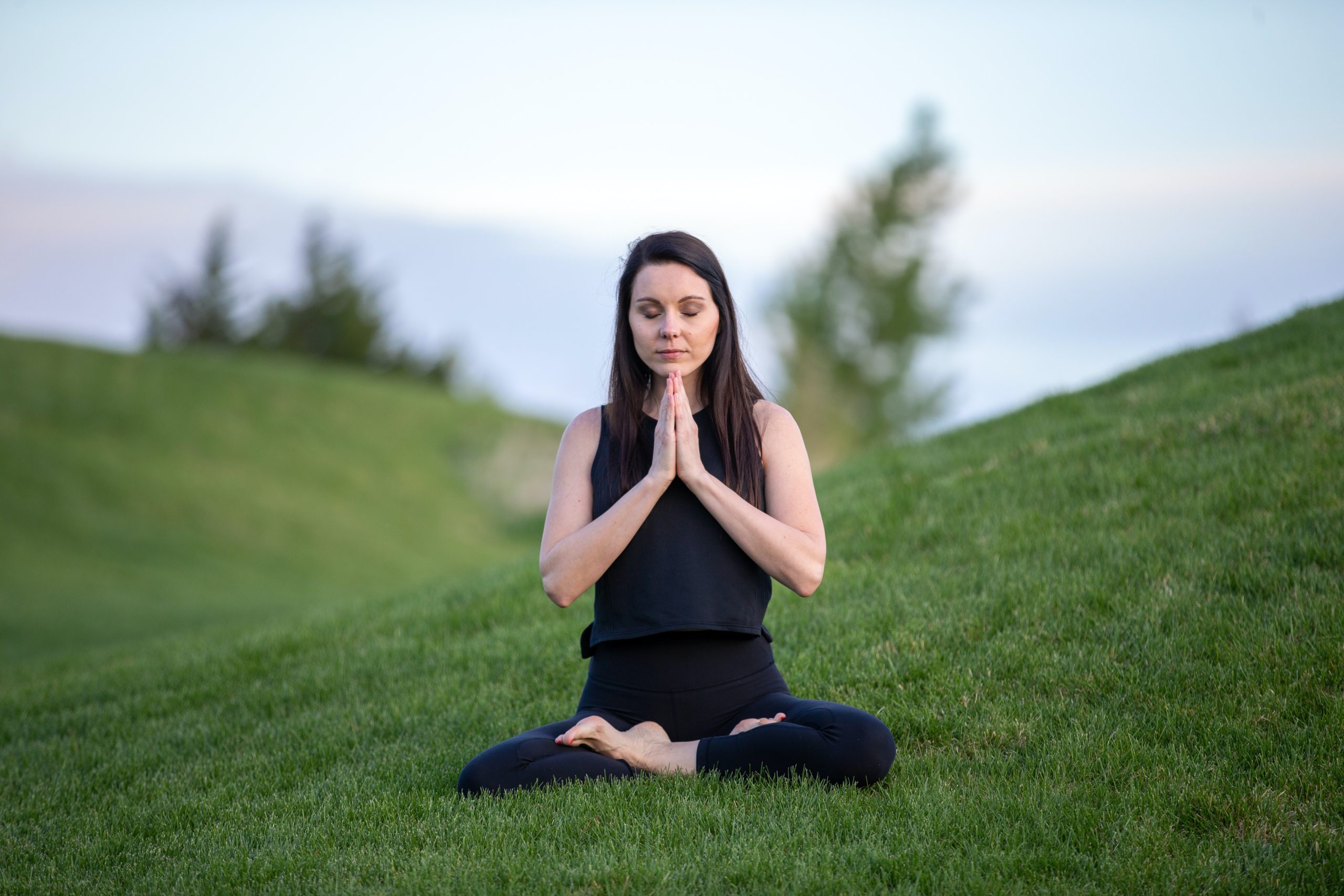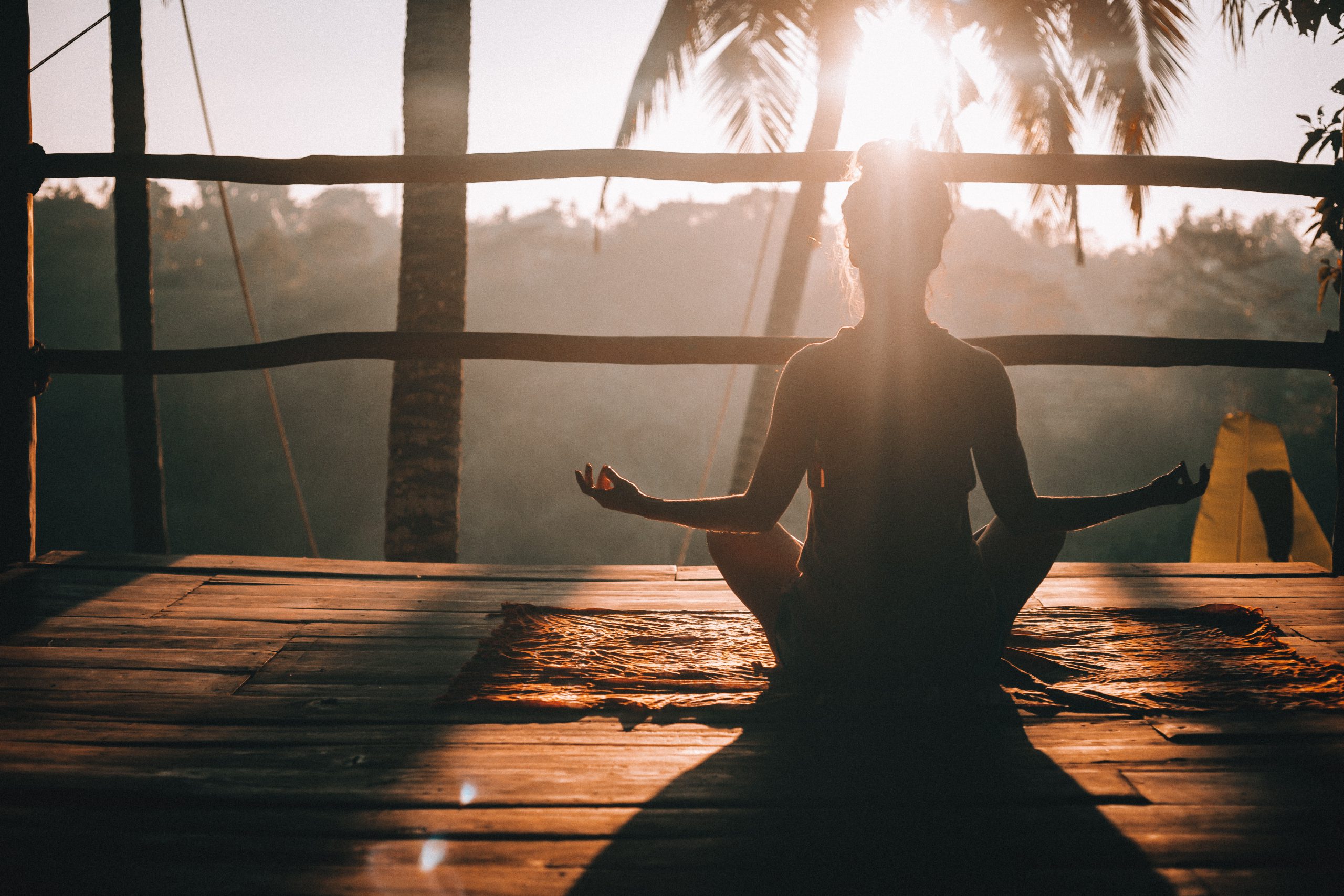Whether you’re new to yoga or are looking to expand your practice, you’re in good company—according to Yogi Times, more than 300 million people do yoga worldwide.
One of the allures of yoga is that there are many different types. Therefore, you can choose a style that feels sustainable for you. Alternatively, you can mix and match yoga styles to avoid the boredom that can come with other exercise routines.
We’ll cover six of the most popular types of yoga. So, grab your mat, and let’s get started.
Learn Yoga Online
Meet Amphy
The largest marketplace for live
classes, connecting and enriching
humanity through knowledge.




